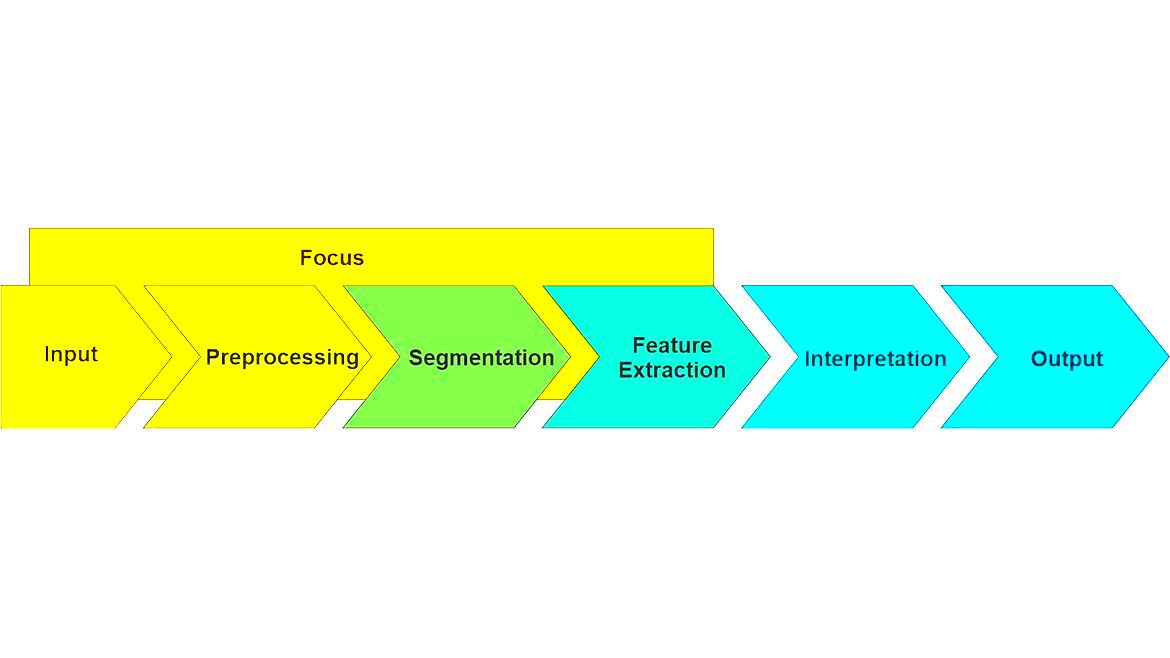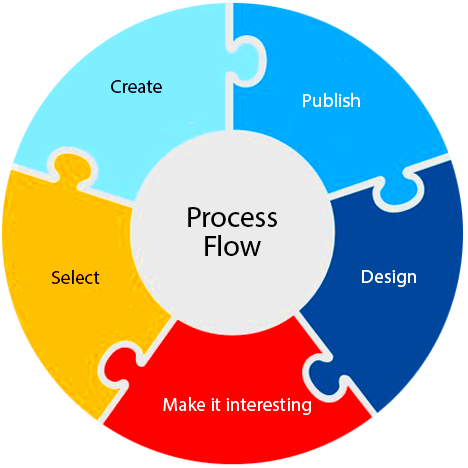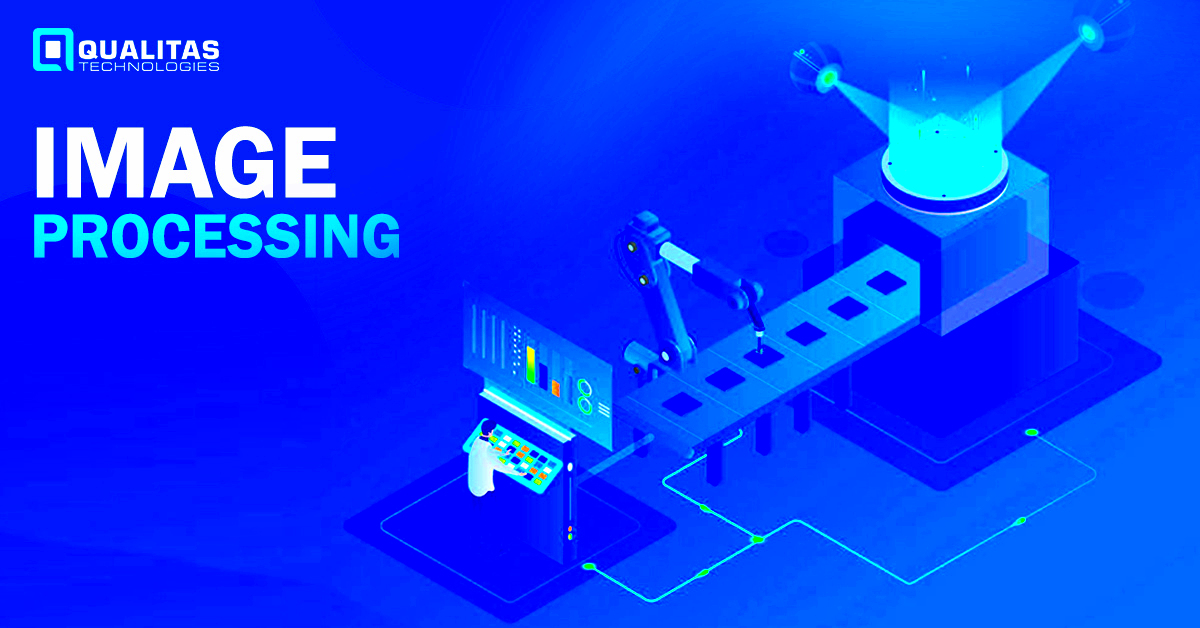Many technologies that have been developed for the purpose of manipulating and analyzing visual information effectively are at the core of image processing. Being familiar with these technologies will enable you to understand how
images in a certain sense work, or even better be refurbished . The following are among the most important technologies used in digital photography.
- Machine Learning: Machine learning algorithms, especially deep learning, are used for tasks such as object detection, facial recognition, and image classification. These models learn from vast datasets to improve accuracy over time.
- Computer Vision: This technology enables computers to interpret and understand visual information. It combines various techniques, including image segmentation and feature extraction, to analyze images and videos.
- Image Editing Software: Programs like Adobe Photoshop and GIMP provide tools for editing and enhancing images, allowing users to manipulate colors, apply filters, and perform various adjustments.
- 4D Imaging: This technology combines 3D imaging with time as the fourth dimension, often used in medical imaging to analyze dynamic processes, such as blood flow.
- Cloud Computing: Cloud platforms provide the necessary storage and processing power for large-scale image processing tasks, making it easier for businesses to handle big data.
Not only have these technologies improved image quality, they have also opened up new applications in multiple industries such as health care and entertainment, thus fostering innovation and productivity.
Factors to Consider When Choosing an Image Processing Company

Your project’s success wholly depends on choosing an appropriate image processing company. There are multitudes of choices to choose from, so you must think about a number of key things before you make a decision:
- Expertise and Experience: Look for companies with a proven track record in image processing. Check their portfolio to see examples of their work and the industries they have served.
- Technology and Tools: Ensure the company uses up-to-date technology and software. The right tools can significantly impact the quality and speed of the processing.
- Custom Solutions: Every project is unique, so find a company that can provide tailored solutions rather than one-size-fits-all services.
- Customer Support: Good communication and support are essential. Choose a company that is responsive to your needs and can provide assistance throughout the project.
- Pricing: While cost shouldn’t be the only factor, it’s important to find a company that offers competitive pricing. Get quotes from multiple companies to compare.
Careful evaluation on these factors helps selecting an image processing firm that is in line with your objectives and aids in fulfilling your dreams.
Case Studies of Successful Image Processing Projects

The successes of image processing firms have been documented in their various success stories. There are some instances where application of image processing has yielded positive results as presented in the following examples:
| Project | Company | Description |
|---|
| Healthcare Imaging | Siemens Healthineers | Developed advanced algorithms for analyzing MRI scans, improving diagnostic accuracy and patient outcomes. |
| Retail Analytics | IBM | Utilized image recognition technology to analyze customer behavior and optimize store layouts, enhancing the shopping experience. |
| Facial Recognition | Face++ | Implemented a facial recognition system for security in public spaces, successfully reducing crime rates. |
| Autonomous Vehicles | Waymo | Leveraged image processing and machine learning for real-time object detection and navigation in self-driving cars. |
By means of diverse competence, these case studies illustrate the significance and versatility of image processing in different sectors. It provides insights into how to solve problems with unique solutions so that projects may prosper.
Future Trends in Image Processing

The field of image processing is rapidly changing due to tech advancements and altering industry requirements. As we gaze into the crystal ball, several thrilling trends are molding the future of this movement. In summary, here are some critical trends to look for:
- AI and Deep Learning: The integration of artificial intelligence (AI) and deep learning will continue to revolutionize image processing. More companies will use these technologies for enhanced image analysis, object recognition, and automated editing.
- Real-Time Processing: With the increasing demand for real-time data, image processing solutions will focus on faster processing speeds. This will be particularly important for applications in autonomous vehicles and live surveillance systems.
- Augmented and Virtual Reality: As AR and VR technologies become mainstream, image processing will play a vital role in creating immersive experiences, from gaming to virtual meetings.
- 3D Imaging Advancements: Expect further developments in 3D imaging technologies, making them more accessible for industries like architecture, gaming, and medical imaging.
- Cloud-Based Solutions: As cloud computing continues to grow, more image processing tasks will be handled in the cloud. This allows for scalable solutions and easier collaboration across teams.
Such patterns signify an auspicious tomorrow for picture management systems, allowing new inventions to rise in order to improve our relationships with visual information.
Frequently Asked Questions about Image Processing Companies

While looking through image processing firms, you might be having some queries in your mind. In order to help you get a better understanding of this area, below are some of the common questions asked frequently:
What is image processing?
- Image processing involves manipulating and analyzing images to improve quality or extract information. It encompasses a variety of techniques and technologies.
What industries use image processing?
- Image processing is used in many industries, including healthcare, retail, automotive, and entertainment, for applications like diagnostics, customer insights, and visual effects.
How do I choose the right image processing company?
- Consider factors like expertise, technology used, customer support, and pricing. It’s essential to find a company that aligns with your specific needs.
What technologies are commonly used in image processing?
- Common technologies include machine learning, computer vision, and cloud computing, among others.
Are there any free tools for image processing?
- Yes, several free and open-source tools, like GIMP and OpenCV, are available for basic image processing tasks.
In case you are wondering what makes companies that deal with imaging technology tick, these frequently asked questions will serve as your best bet.
Conclusion on Image Processing Companies in the USA
In America, image processing businesses are indispensable to diverse sectors because they provide novel solutions using technology. These firms offer diverse services which improve, analyze and optimize visual data as we have seen. They are leaders in the sector who push limits and set new benchmarks; they do this by utilizing advanced technologies such as artificial intelligence (AI), machine learning, and cloud computing.When you are looking for an image processing partner, it is important to look at his/her competence, services offered by them, as well as their ability to customize their services to fit your requirements. You will have the best choice for your projects by being aware of what is current in technology and the developments taking place in the world around us.All things considered, partnering with a suitable image processing company could mean success for businesses intending to better their Image quality, analyse data or even make beautiful
images! The tap that corresponds to collaboration therefore leads to tapping out all available resources held in form of visual content.
 Your project’s success wholly depends on choosing an appropriate image processing company. There are multitudes of choices to choose from, so you must think about a number of key things before you make a decision:
Your project’s success wholly depends on choosing an appropriate image processing company. There are multitudes of choices to choose from, so you must think about a number of key things before you make a decision: The successes of image processing firms have been documented in their various success stories. There are some instances where application of image processing has yielded positive results as presented in the following examples:
The successes of image processing firms have been documented in their various success stories. There are some instances where application of image processing has yielded positive results as presented in the following examples: The field of image processing is rapidly changing due to tech advancements and altering industry requirements. As we gaze into the crystal ball, several thrilling trends are molding the future of this movement. In summary, here are some critical trends to look for:
The field of image processing is rapidly changing due to tech advancements and altering industry requirements. As we gaze into the crystal ball, several thrilling trends are molding the future of this movement. In summary, here are some critical trends to look for: While looking through image processing firms, you might be having some queries in your mind. In order to help you get a better understanding of this area, below are some of the common questions asked frequently:
While looking through image processing firms, you might be having some queries in your mind. In order to help you get a better understanding of this area, below are some of the common questions asked frequently:
 admin
admin








